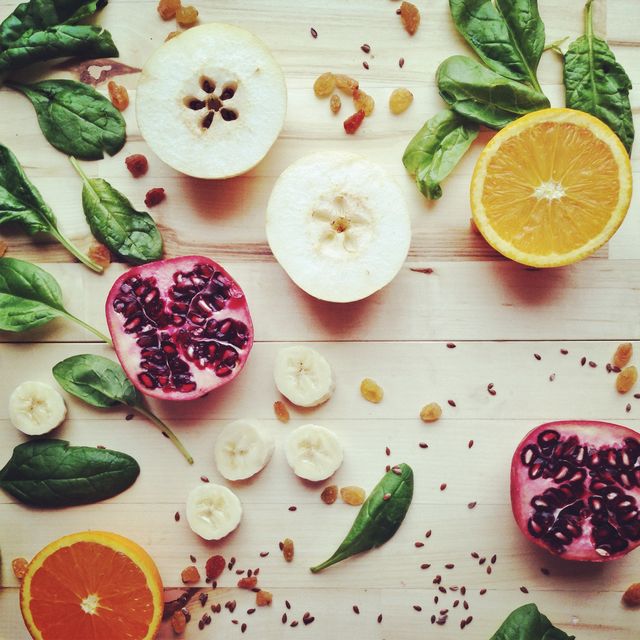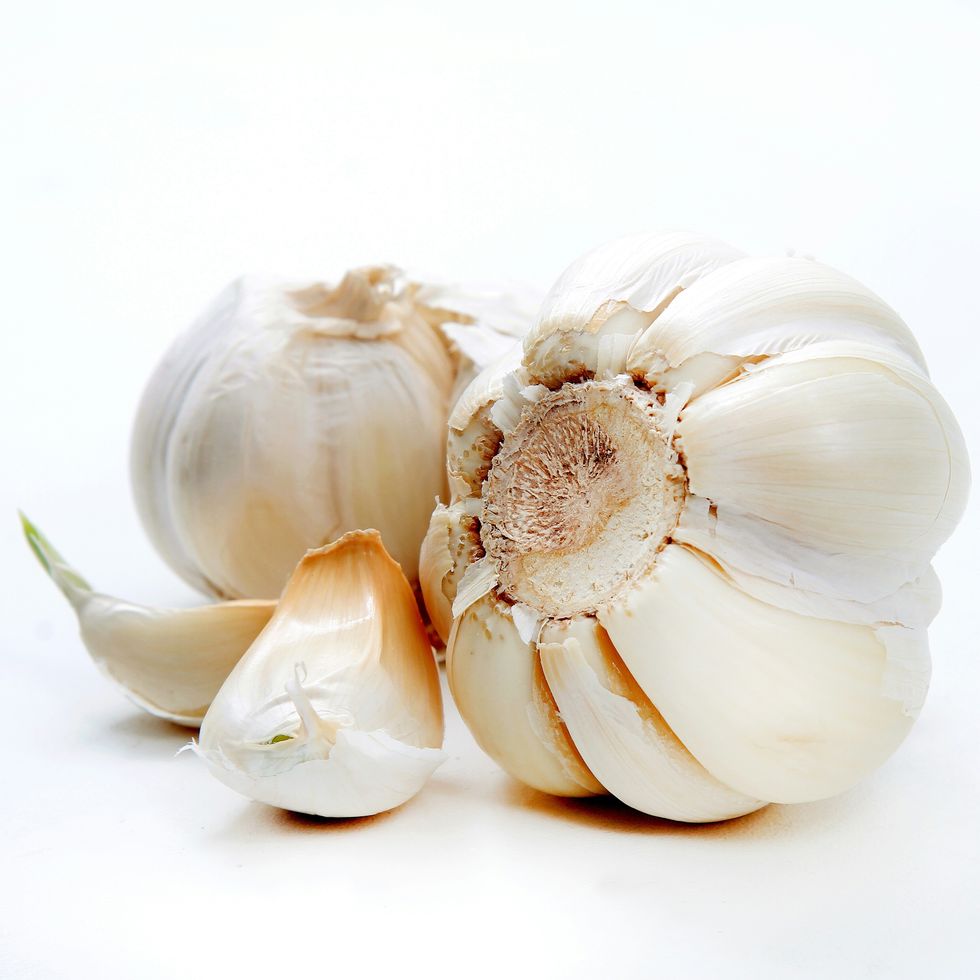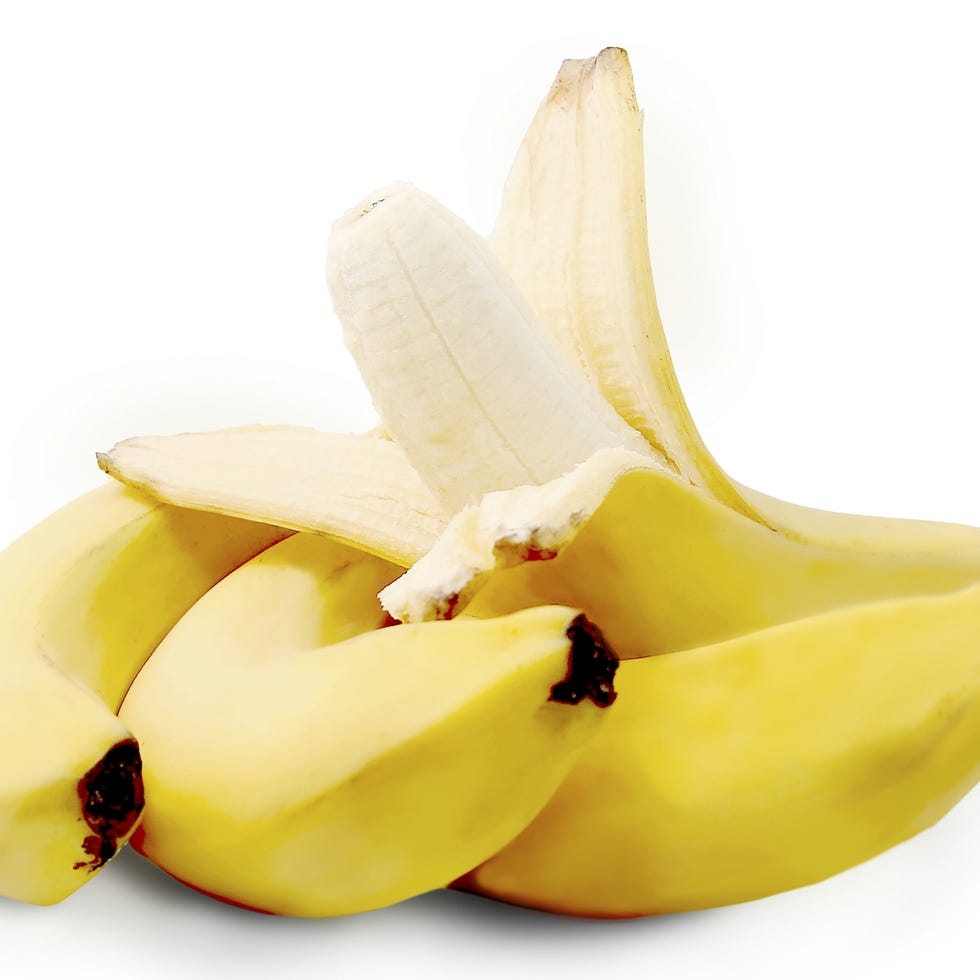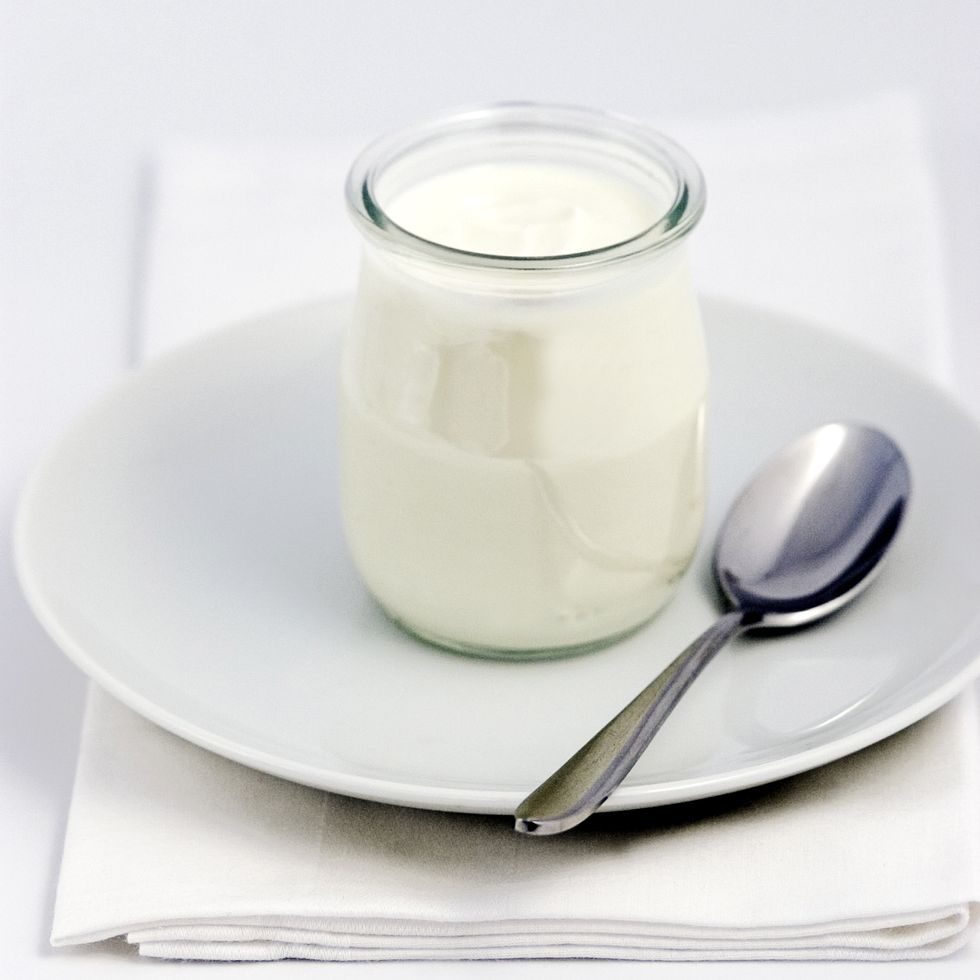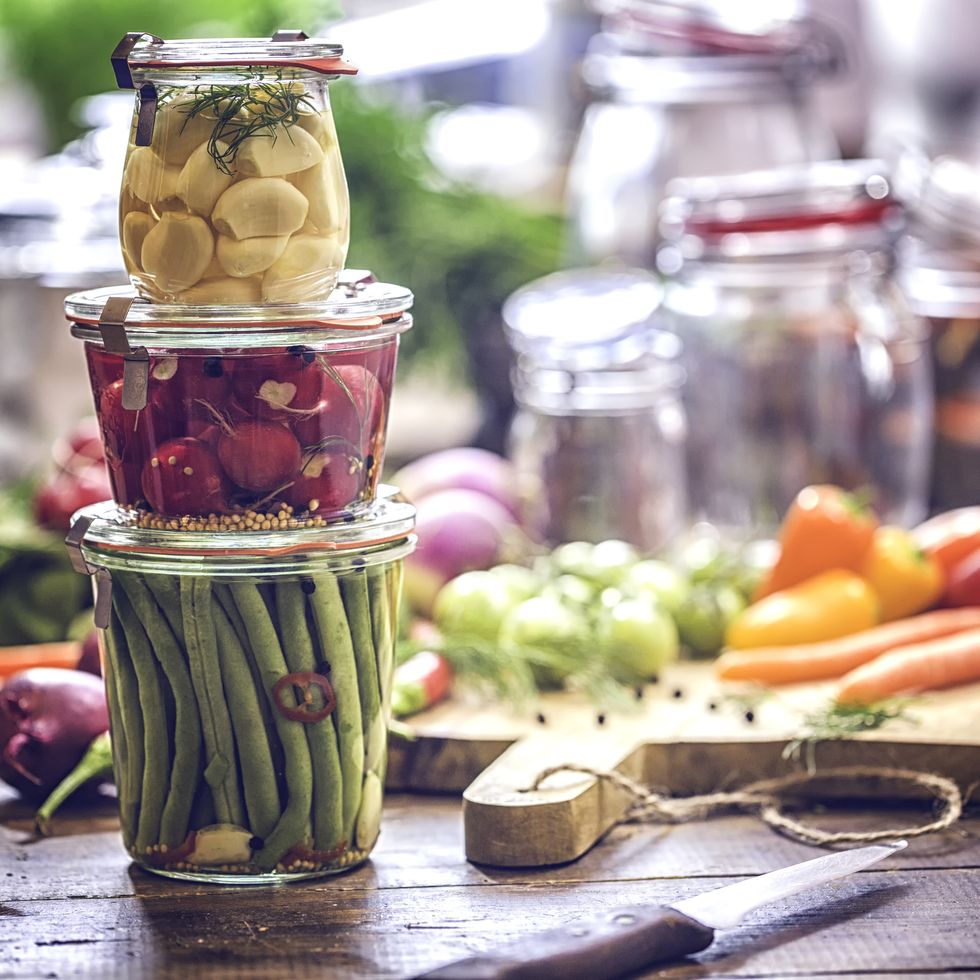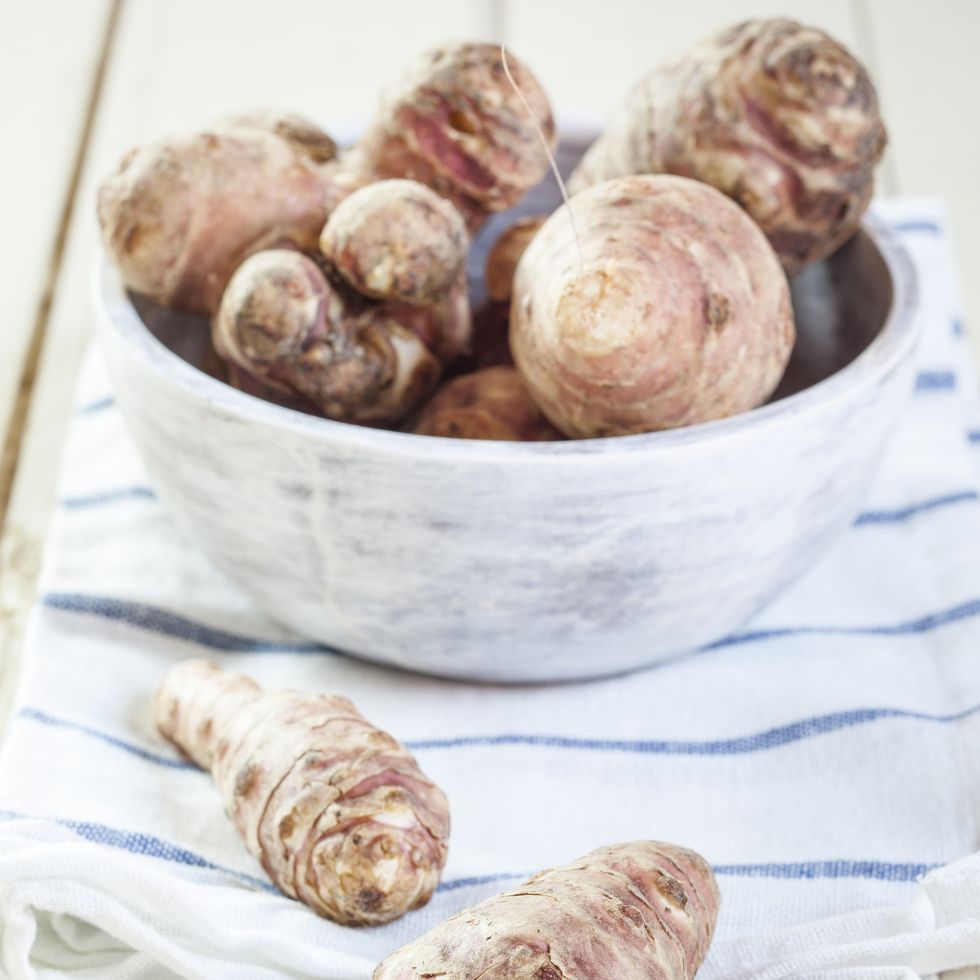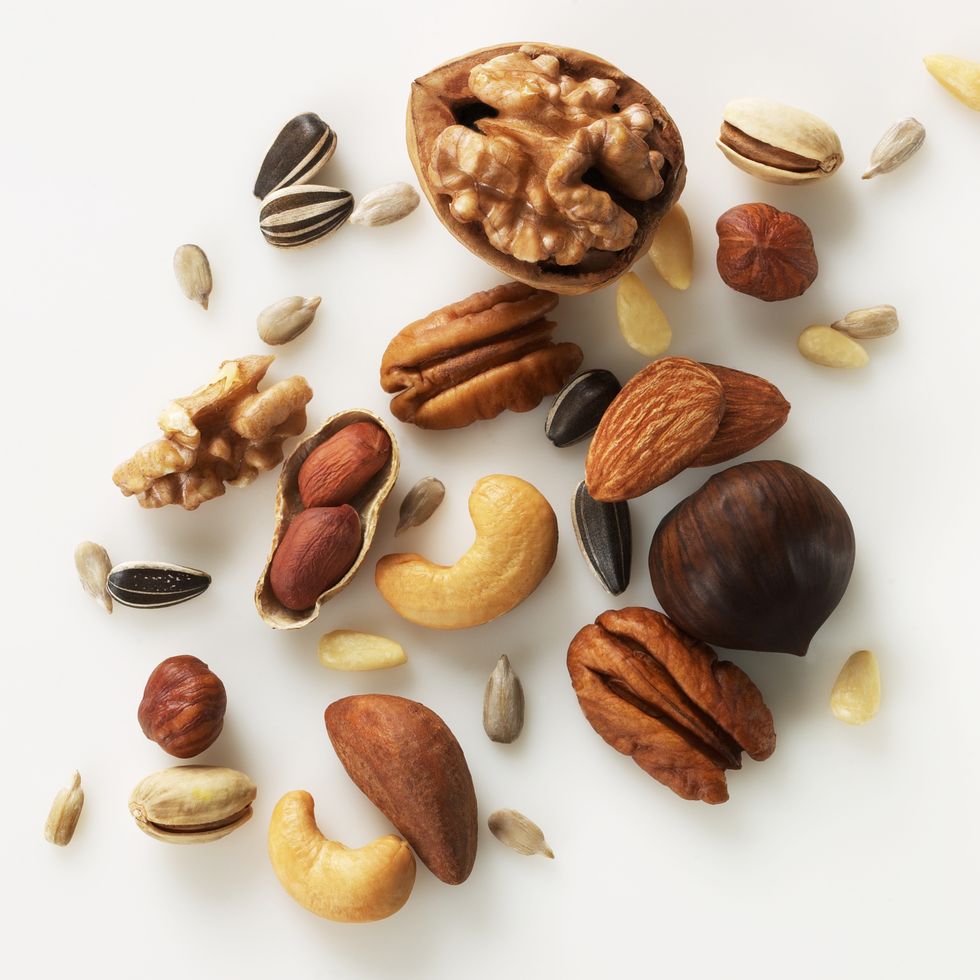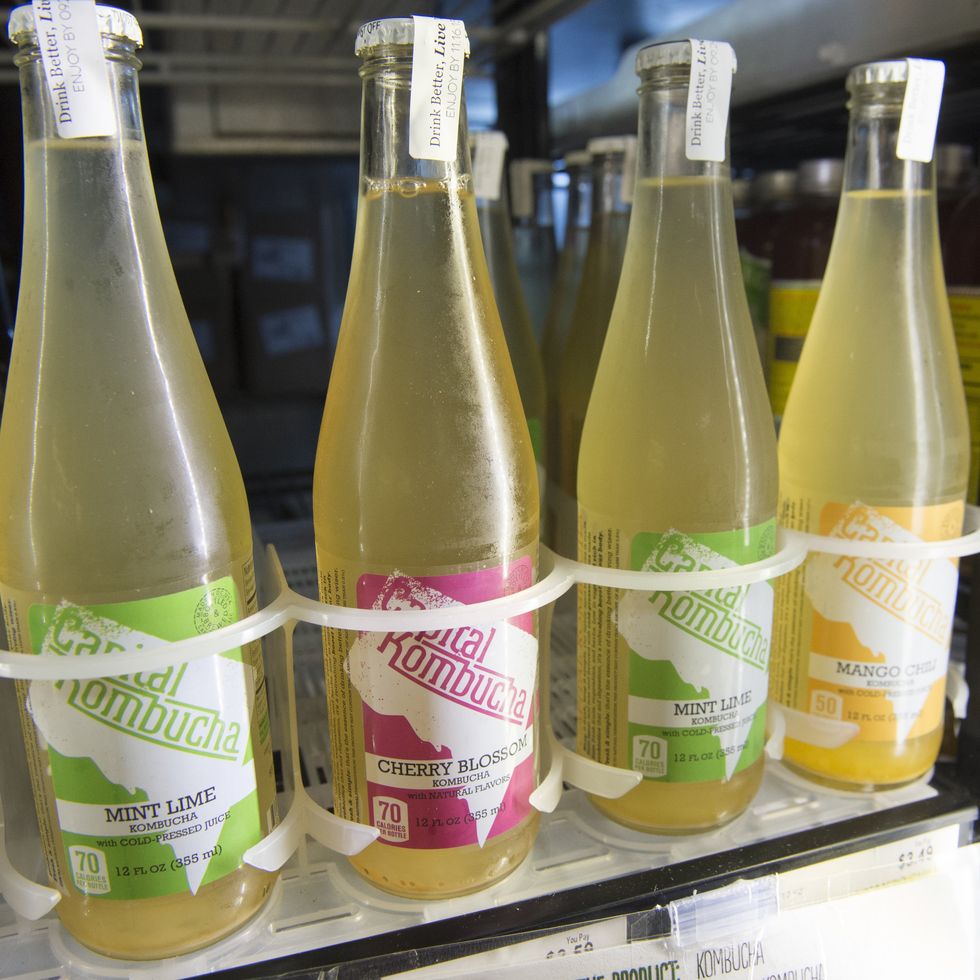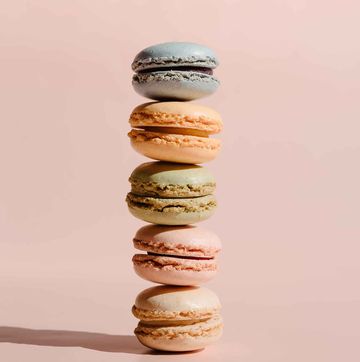The buzz word in nutrition right now is gut health. Responsible for the state of your skin, mood and immunity, looking after our stomachs has become a lot more important than we ever realised.
So to help you make healthy food choices, Amanda Hamilton and Hannah Ebelthite's new book, The G Plan Diet (Aster, £8.99) explains the best foods to help you keep your gut healthy.
When it comes to making our gut healthier, probiotics is key. Adding naturally fermented products in your diet is the best way to enjoy all the benefits.
Here are the top ten best foods to make you gut healthier...
1. Garlic
Garlic is a natural prebiotic that provides you with vitamins B6 and C, manganese and selenium. Apart from containing allicin that helps to improve circulation and heart health, it’s also great at “boosting immunity and reducing colds,” the authors say. And they prove their point by using it in most of the recipes introduced in the book. In addition, you can use onions and leeks since they “are also valuable prebiotic foods, especially when raw”, Amanda and Hannah say.
2. Bananas
Bananas don’t need an introduction. They are always good. Bananas are the ultimate “prebiotic-packed powerhouses… making them the perfect pre- or post-exercise snack”, authors say. So, having one to start a new day with can easily become your good tradition. But in case you’re not a fan of bananas, don’t worry, Amanda and Hannah say: “Other fruits rich in prebiotic fibre include watermelon, grapefruit, peaches and nectarines, dates and figs.
3. Asparagus
This green beauty is “another rich prebiotic fibre provider”, they say. It deserves to be on your plate more often and partly because it is a quite flexible vegetable. “Enjoy asparagus very lightly steamed, grilled or stir-fried”, they say. “It’s surprisingly edible ‘shaved’ into salads or whizzed into green smoothies”, they add. Speaking about benefits, the authors say asparagus are “rich in the B vitamin folate, antioxidant vitamins A, C and E, vitamin K and chromium, and they have diuretic properties so can help you with water retention”.
4. Natural yogurt
This probiotic food definitely deserves a nod. “Naturally teeming with probiotic ‘live bacteria, such as lactic acid bacteria which can make it through the digestive system to set up home in the large intestine where it’s needed”. One of the recommendations that authors give in The G Plan Diet is: “When buying, go for a live or ‘bio’ variety that’s unsweetened. Avoid low-fat or flavored varieties as these will contain added sugar. Choose full-fat (organic if you can)”.
5. Fermented vegetables
Fermented vegetables apparently are getting more recognition, and the authors say: “Thanks to the health benefits”. They continue: “There are many different ways to ferment food and various ingredients used, but the basic method (lacto-fermentation) involves soaking vegetables in their own juice, or brine, and allowing bacteria to grow. The bacteria breaks down all the vegetable sugars and producers lactic acid”.
6. Jerusalem artichokes
These aren’t the same as the ones you’d usually use to make delicious antipasti, but they, too, are absolutely great. Authors confirm: “They taste delicious and work well in soups, roasted, mashed as a side dish, in casseroles and even thinly sliced and made into crisps”. And who doesn’t love snacks, especially when they are filling and healthy? The authors say: “One of the top prebiotic vegetables, they’re also a good source of potassium and iron and they have a lower glycaemic index (GI) than potatoes, so they’ll fill you up for longer”.
7. Kefir
Originally from Eastern Europe, where a lot of people consume kefir on a daily basis as a healthy supplement, it means ‘good feeling’. In the words of Amanda and Hannah: “Kefir is basically like a live yogurt drink, but with as much as three times the probiotic power”. It is one of those products that’s easy to get obsessed with because of its light consistency and delicious taste. The authors say: “You’ll benefit from its many other nutrients: protein, calcium, potassium, folic acid, lactic acid, biotin, vitamins K and B.
8. Nuts and seeds
Even though a lot of diets suggest ditching this food staple from your list, Amanda and Hannah disagree. They say: “They’re an amazing source of unsaturated essential fats, protein, fibre and minerals, as well as being prebiotics and are known to enhance the diversity of the microbiome”. And just in case you’re still considering it, let the authors justify why it’ll be a good move: “Go for as wide a variety as possible and choose unroasted and unsalted nuts and seeds – you can always toast and season them yourself with spices to enhance the flavour”.
9. Miso
With Miso soup, it is pretty straight to the point. “Miso is a Japanese seasoning made from fermenting soya beans, barely and brown rice, so it gets another cheer from your large intestine, which loves the probiotics it provides”, they say. Apart from all the healthy benefits, it also tastes great, which makes it a win-win combo. The authors explain: “Use it to make savoury dips and dressings, or add to soups, stocks and casseroles (at the end of cooking, to preserve the probiotics”.
10. Kombucha
So, the last recommendation goes to kombucha – a fizzy and slightly-vinegar elixir. As authors explain: “Kombucha is a fermented tea drink”. Amanda and Hannah say that being a mixture of black or green tea and sugar, it’s pretty easy to make one at home by yourself. They explain the healthy function of it: “An acidic ‘functional beverage’ that also has been found to contain enzymes, polyphenols, amino acids, B vitamins and vitamin C”.
